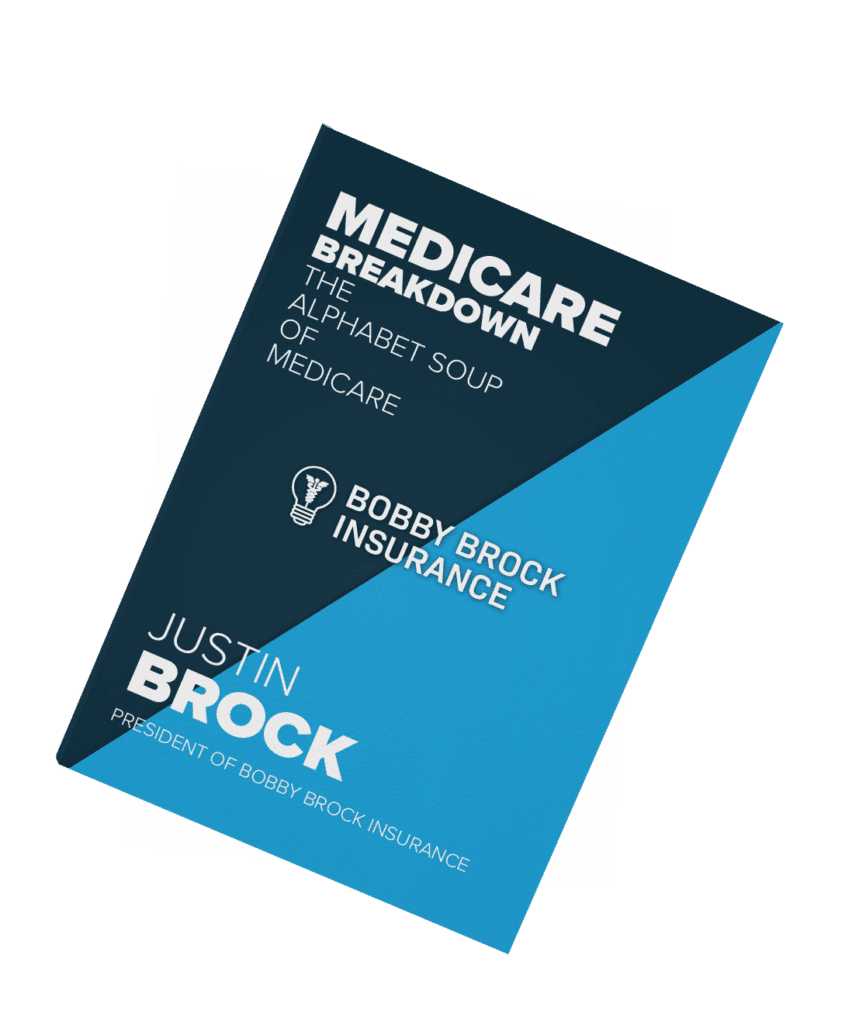Medicare Part D uses a formulary, or list, to sort the plan’s covered prescription drugs. Each drug is placed in a tier based on if it is generic, preferred, or specialty. These tiers determine the copay you are expected to pay at the pharmacy counter. As you go up in tiers, you go up in price, with drugs in tier 1 being the least expensive and drugs in tier 5 being the most expensive. The five tiers are as follows:
- Cost-Sharing Tier 1: Preferred Generic
- Cost-Sharing Tier 2: Generic
- Cost-Sharing Tier 3: Preferred Brand
- Cost-Sharing Tier 4: Non-Preferred Drug
- Cost-Sharing Tier 5: Specialty Tier
Generic drugs will be less expensive than brand name and specialty drugs, with a lower copay and costs. Commonly prescribed generic drugs will be in the preferred tier, with the lowest copay. Brand name drugs are more expensive, followed by non-preferred generic or brand name drugs. Specialty drugs are those that require special handling or administration, making them the most expensive.
To find out how much you will have to pay for your prescription, go to your plan’s drug list.
How To Read a Drug List
Your plan’s formulary will list all of the drugs covered under the plan. To read the list of covered drugs, start with the first of three columns. The first column will list your prescription’s name alphabetically within its category. If you have a searchable PDF, use Ctrl+F or Command+F to easily search for the name of your drug, which will be highlighted each instance it appears with the help of that function. Italicized names are used to show the generic version of your prescription, and Brand names are capitalized.
The second column lists which tier the drug falls under, by number. This will indicate the copayment you will be expected to pay for that prescription. Specific costs vary by plan, as each Part D plan is sold by a private insurance company that has the freedom to name its own prices.
The third column is for recommendations. This might include quantity limits set by the FDA, noted as QL in the list. If you see ST, this means step therapy. This is telling you that your plan will try lower cost drugs before these higher cost drugs will be covered. PA indicates that you need prior authorization from your plan to approve the prescription before you fill it.
For more information about what prescriptions are covered by Part D, contact Bobby Brock Insurance.
Related Blog Posts
-
When you turn 65 (or if you are disabled and have been receiving Social Security benefits for 24 months), you…
-
Hospice care is a type of health care that helps people with a terminal illness and are not likely to…













